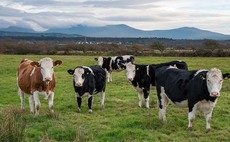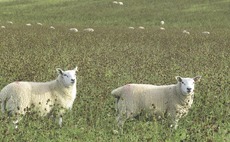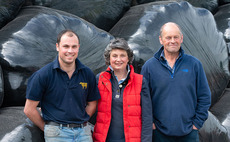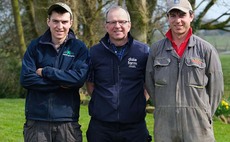Grassland
Livestock
The Gregorys have several initiatives running across their organic dairy business to ensure they remain profitable while supporting nature and the environment. Sara Gregson went to find out more.
Livestock
Under-sowing grass alongside maize crops is increasingly becoming an option for many due to soil erosion prevention and winter grazing options.
Dairy
Dairy farmers in Wales are not yet ‘out of the woods’ despite a climbdown by Welsh Government on water rules, a union leader has warned.
Livestock
The grazing of ewes on red clover swards around tupping time has long been ill advised due to concern about negative impacts on fertility, but research demonstrates this should not always be the case.
Livestock
Lupins are the only plant protein which will replicate the protein quality of soya, said industry experts on a recent AHDB webinar. Katie Fallon reports.
Livestock
A Leicestershire farm which generates 85% of its power requirements from a wind turbine has recently been announced as winner of a sustainability award. Jonathan Wheeler reports.
Livestock
A mixed farming family from Co Durham has become one of the few non-dairy enterprises to win the Durham Grassland Society’s overall silage competition. Katie Fallon reports.
Livestock
A growing number of farmers in Northern Ireland are moving towards autumn- and winter-calving as a way pf maximising milk from grazed grass, particularly at the end of the cow’s lactation. Richard Halleron speaks to a farmer who is doing just that.
Dairy
How you seal your silage clamp can have a huge effect on the speed and efficiency of the clamp-filling process, the quality of forage ultimately produced and the labour hours needed to maintain it once it is opened for feed-out.
Livestock
The five-year Farm Net Zero project aims to investigate the contribution agriculture can make to achieve the net zero target. Rebecca Jordan visits one of the farms taking part.


 26 October 2022
•
7 min read
26 October 2022
•
7 min read









